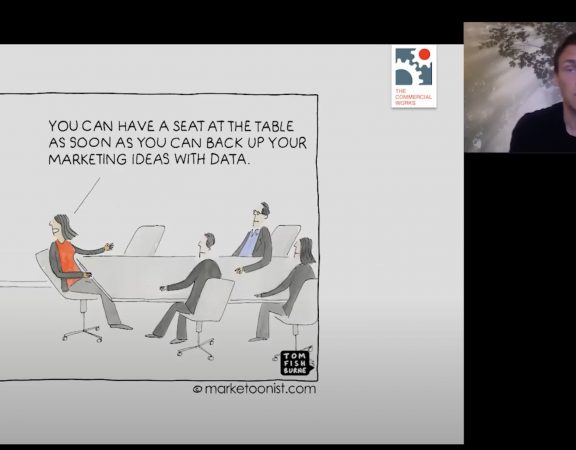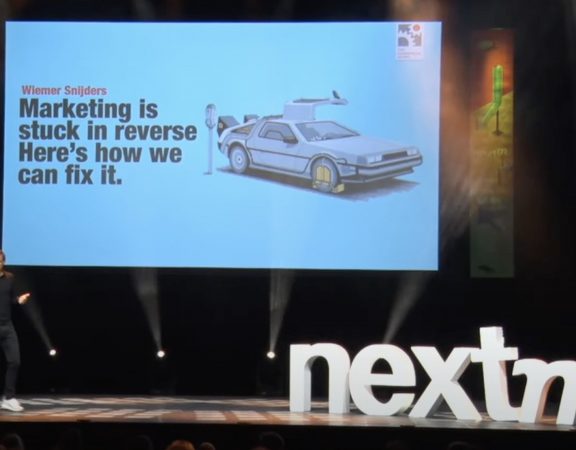It’s the year 1615.
Imagine a man living in England. The chances are that he works as a farmer or so-called ‘husbandman’ and rents a little house on a little piece of land. He’s also most likely called John, the most popular name around that time.
One day John notices his roof is leaking and he decides to repair it. He climbs onto the roof and in doing so a few nails fall from his pocket.
A pigeon resting on his roof is scared. It flies away and loses a few feathers and they almost seem to float, as if the air is carrying them and cushioning their fall.
John picks up a feather and another nail from his pocket. The nail is roughly the size of the feather.
He simultaneously throws both from the roof. Again, the nail drops quickly whereas the feather gently floats towards the ground.
John looks up to see the pigeon flying on the horizon. He wonders whether, one day, people might be able to fly. Most likely in things built from feathers or feather-like materials, as –surely –they would not be able to fly if they were made from steel.
We might laugh about the silliness of John’s thoughts, but it took another 50 years before the first man – Sir Isaac Newton – provided the world with the explanation that eventually made it possible for us to fly.
As kids in school we are taught that one kilogram of feathers will drop just as fast as one kilogram of iron: they are bound by the same (gravitational) law.
John’s mistake was to think that feathers abided to different laws. Thanks to Newton we got to the bottom of it.
Today, after centuries of scientific enquiry, the development of scientific method and rules of evidence that have advanced the material wealth of humankind (mainly), there are still those in all walks of life who are somewhat less interested in evidence. Marketing is no exception.
For example, it might seem as if small brands (feathers) are different from large brands (nails), but fundamentally they’re not.
This is not surprising as almost none of us are taught the underlying law-like principles to which all brands obey – at least the thousands that have been tested by marketing scientists over the last 30-plus years.
Still relatively few have heard of Andrew Ehrenberg or Gerald Goodhardt and even fewer have read their work on modelling brand choice or Ehrenberg’s book Repeat Buying.
Nonetheless, the NBD-Dirichlet model is comparable to Newton’s Principia.
Ehrenberg and his colleagues got to the bottom of it.
As in physics, they discovered universal patterns in our buying behaviour and brand growth. Once you’re aware of them, you can easily use them as a checklist to assess your brand’s performance.
For example: the distribution of buyers buying your brand and your brand’s mental and physical availability.
A large part (roughly 70%) of our buying behaviour can be explained (and predicted) by only a few variables, of which penetration is the most important. As Ehrenberg wrote in 1988:
“Of the thousand and one variables which might affect buyer behaviour, it is found that nine hundred and ninety-nine usually do not matter. Many aspects of buyer behaviour can be predicted simply from the penetration and the average purchase frequency of the item, and even these two variables are interrelated.”
A quick search on LinkedIn tells me that there are more than 7.5 million job titles available with the word ‘marketing’ in them. That doesn’t include many other professions to whom these insights might be beneficial – CEO’s, COO’s or CFO’s to name a few.
Thankfully, the Institute that carries Ehrenberg’s name continues his work. Its director, Byron Sharp, and his colleagues, have done a great job in publicising the knowledge. Sharp’s bestseller How Brands Grow has sold over 40,000 copies worldwide. However, those 40,000 sold books are 1% of the 4 million copies sold of Jim Collins’ Good to Great…
And then there’s also the difference between reading (easy), understanding (harder) and applying (even harder) – mostly because of the time and effort it requires.
Changing things within an organisation can be hard, especially if you need to convince others and if it needs to be done in addition to all the other things that are going on. And what to make of the often-contradicting information research and/ or advertising agencies provide?
John never got to see people fly. That took another 200 years after Newton’s discoveries.
Progress is supposed to move a little more quickly now, marketing and the brands we are responsible for would be better off if we were to pick up the pace.
Good luck, and may the force be with you.





